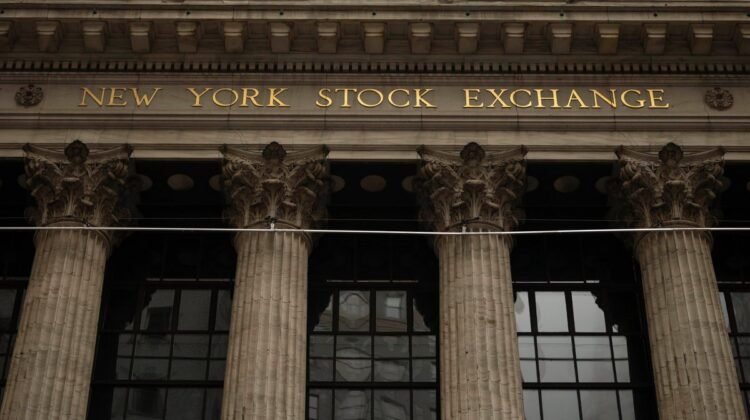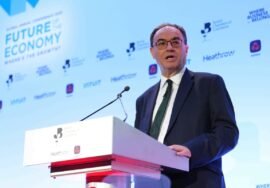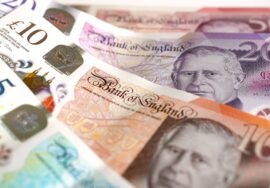
The dollar hits three-and-a-half-year low against the euro and sterling
The US dollar plunged to multi-year lows against the euro and sterling on Thursday, as traders increasingly priced in the likelihood of more aggressive interest rate cuts by the Federal Reserve than previously anticipated. The broad selloff saw the dollar reach its weakest point against the euro since September 2021 and against sterling since October 2021.
“This week it’s definitely been about the Fed, the prospect of easing sooner and potentially more rate cuts,” said Eric Theoret, FX strategist at Scotiabank in Toronto.
Market sentiment shifted following Federal Reserve Chair Jerome Powell’s testimony to the US Congress, which was widely interpreted as dovish. While reiterating expectations for inflation to rise this summer, Mr Powell stated that if price pressures remain contained, “we will get to a place where we cut rates sooner than later.”
“Powell kind of opened the door to potentially a July cut,” commented Noel Dixon, global macro strategist at State Street Global Markets. He added that a consumer price inflation release below market expectations could lead markets to price in a higher probability of a July cut.
Fed funds futures traders are now assigning a 23 per cent probability to a July rate cut, up from 13 per cent a week prior. The likelihood of a cut by September has surged to 93 per cent, according to the CME Group’s FedWatch Tool. Overall, traders foresee 66 basis points of cuts by year-end, suggesting a potential third 25-basis point reduction, a significant increase from the 46 basis points anticipated last Friday.
Adding to the uncertainty, U.S. President Donald Trump has openly criticised Mr Powell, calling him “terrible” and indicating he has several contenders in mind for the top Fed job, whose term ends next May. Reports suggest Mr Trump has considered announcing a replacement as early as September or October. Analysts warn that such a move could create a “shadow Fed chair,” potentially undermining Mr Powell’s influence. However, Chicago Fed President Austan Goolsbee stated on Thursday that any nomination would not impact monetary policy until confirmed.
.jpeg)
Beyond the Fed, other factors are contributing to the dollar’s pressure. The euro gained 0.51 per cent to at $1.1719 and reached $1.1744, the highest since September 2021. Sterling rose 0.62 per cent to $1.3748 and got as high as $1.3770, its highest since October 2021. The Swiss franc also touched a 10-and-a-half-year high against the dollar, which fell 0.72 per cent against the Japanese yen.
Investors are also monitoring the Trump administration’s self-imposed July 9 deadline for trade negotiations to avoid reciprocal tariffs. Additionally, a tax and spending bill currently in Congress, which the Senate aims to pass by July 4, could provide a boost to the dollar if it stimulates growth and reduces the deficit. However, until then, existing budget and current account deficits remain a negative for the currency.
Longer-term, the dollar faces pressure as international investors reallocate assets away from the US amid concerns about the economic outlook. “The result of U.S. asset outperformance over the past decade is you’ve got a lot of asset managers that are long the U.S. dollar way more than I think they’re comfortable,” Mr Theoret noted.








